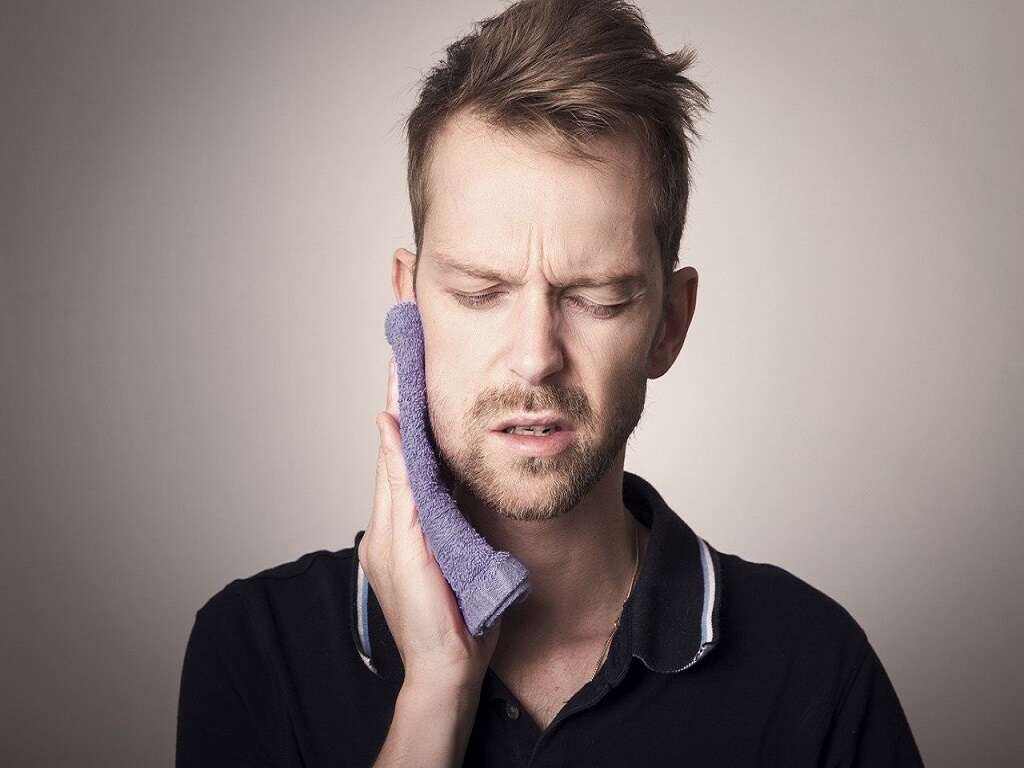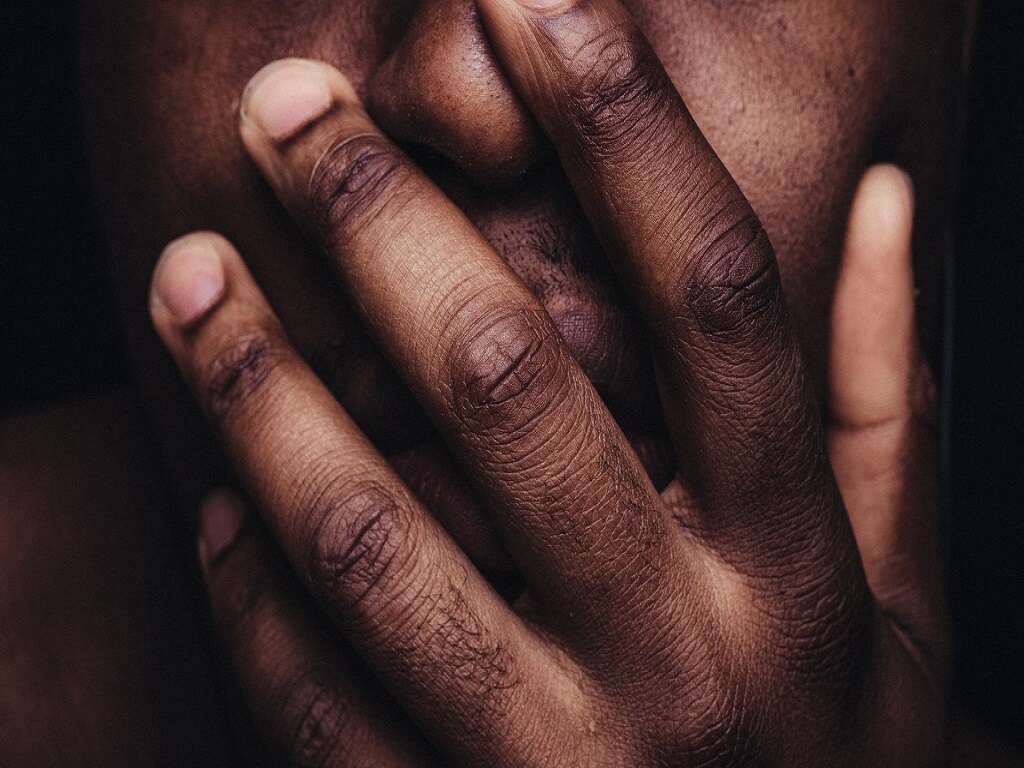10 Fever Blister Symptoms
 Article Sources
Article Sources
- 1. 'Blisters.' Blisters - Better Health Channel, www.betterhealth.vic.gov.au/health/conditionsandtreatments/blisters
- 2. 'Blisters: Causes, Treatment, Prevention.' Cleveland Clinic, my.clevelandclinic.org/health/diseases/16787-blisters
- 3. 'Cold Sores; Symptoms, Causes, Treatment & Prevention.' Cleveland Clinic, my.clevelandclinic.org/health/diseases/21136-cold-sores.
- 4. 'Laryngitis.' Mayo Clinic, Mayo Foundation for Medical Education and Research, 24 July 2020, www.mayoclinic.org/diseases-conditions/laryngitis/symptoms-causes/syc-20374262.
Fever blisters, commonly known as cold sores, are small blisters that usually develop on the lip or around the mouth. They are a common viral infection that can sometimes cause pain and discomfort. Blisters, one of the fever blister symptoms, may break open and leak a clear fluid before healing.
Many fever blisters heal after several days, but they may take up to three weeks to clear up. The cold sores are caused by the herpes simplex virus, of which there are two types. HSV 1 and HSV 2. Both of these can cause sores on the lips and mouth, but HSV1 is more common.
Tingling Sensation
A fever blister goes through five stages. The first of these stages and a common symptom of cold sores is the tingling sensation an infected person may experience. The sensation usually occurs around 24 hours before the blisters erupt. The tingling is sometimes accompanied by itching or burning sensations.
The tingling sensation is the body's response to the cause of the fever blister, the herpes simplex virus. Although it won't prevent the sore from forming, intervening during the tingling phase may help reduce the severity and duration of the cold sore. Oral medication may be helpful if prescribed by a doctor.
Blisters
After the tingling has resided, stage two occurs. Blisters are a major symptom of cold sores. People affected by fever blisters will notice fluid-filled blisters forming on the lips or around the mouth. The blisters can look unsightly and can make eating difficult.
Blisters are raised portions of skin filled with fluid.1‘Blisters.’ Blisters - Better Health Channel, www.betterhealth.vic.gov.au/health/conditionsandtreatments/blisters They can occur in a variety of places and are rarely anything to be worried about, usually going away without any medical intervention.
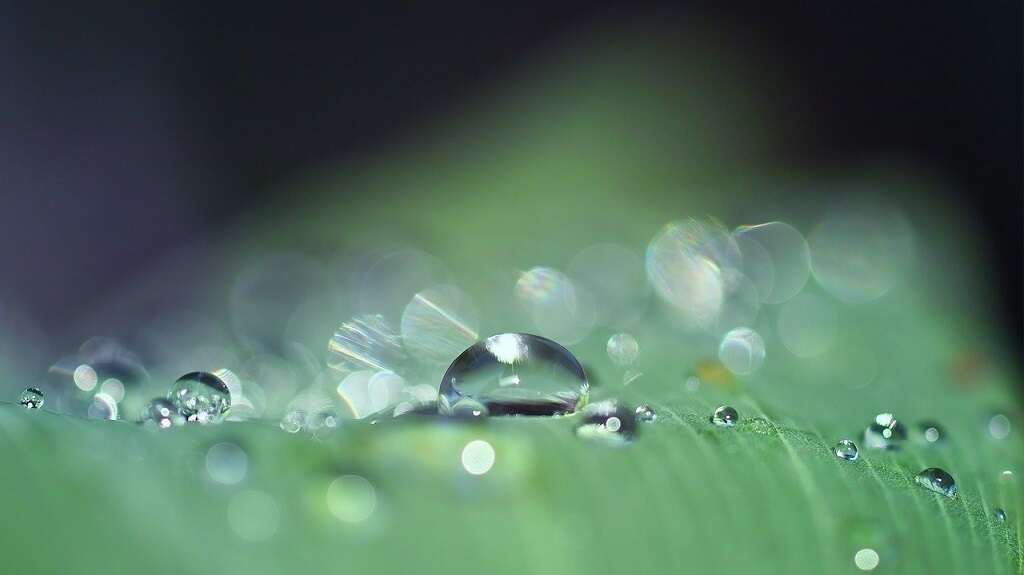
Oozing Fluid
After a short while, the blisters formed in stage two are ready to burst and expel fluid from inside. The contents of the fever blister will erupt and eventually, the blisters will form into painful sores. The majority of blisters are filled with clear fluid.
If a blister becomes inflamed or infected, it can fill with blood. This is where the term blood blisters originates from. The role of the fluid under the surface of the blister is to protect tissue from further damage.2‘Blisters: Causes, Treatment, Prevention.’ Cleveland Clinic, my.clevelandclinic.org/health/diseases/16787-blisters
Fever
In the fourth and fifth stages of a fever blister, the sores dry out, scab over, and eventually fall off. During this phase and any of the other phases, an individual may develop a fever. This is especially likely during an initial outbreak.
Medically referred to as pyrexia, a fever is usually an indication that something out of the ordinary occurs in the body. Although fever can cause some discomfort, unless it goes above 103F, it is not usually a cause for concern.
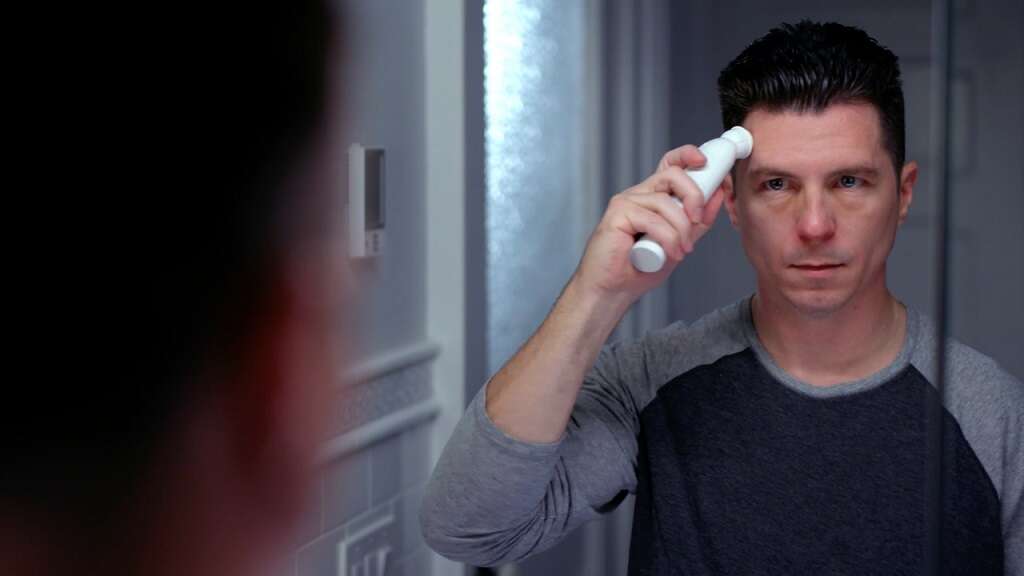
Muscle Aches
Individuals affected by a cold sore or fever blister may also develop flu-like symptoms including muscle aches. Muscle aches are extremely common, with most people experiencing them at some point.
Muscle tissue is abundant in virtually all parts of the body, meaning the aches and pains can occur anywhere. There is no common factor that causes muscle aches, although familiar ones include overuse and injury. Taking over-the-counter medication such as ibuprofen and using ice packs may relieve the aches and pain.
Swollen Lymph Nodes
Fever blisters are usually worse the first time they occur as the body hasn't yet developed any antibodies against the virus.3‘Cold Sores; Symptoms, Causes, Treatment & Prevention.’ Cleveland Clinic, my.clevelandclinic.org/health/diseases/21136-cold-sores. Because of this, individuals may develop symptoms such as swollen lymph nodes in the neck area.
Swollen lymph nodes are rarely caused by cancer. Rather they are usually the result of an infection from bacteria or viruses. They can cause pain and tenderness and are sometimes accompanied by a runny nose, fever and sore throat.

Headache
Headaches are a common occurrence and a symptom of many health conditions, including fever blisters. Although headaches can be mild and last for a few minutes, some can last for hours, causing extreme pain, making it virtually impossible to carry out normal daily tasks.
Headaches are split into two categories, primary and secondary. The former is unrelated to separate medical conditions. They can include migraines and cluster tension headaches. Secondary headaches are due to underlying health conditions, such as severe hypertension, infections or brain tumors.
Painful Gums
Although fever blisters usually develop on the lips and around the mouth, they can sometimes occur in a person's mouth, causing some discomfort in the gums. Painful gums are another symptom of fever blisters.
An individual's gums may become red and swollen due to the blisters. This can sometimes lead to an increase in saliva in the mouth, which can cause some drooling. A desensitizing agent or saltwater rinses may help relieve some of the pain.
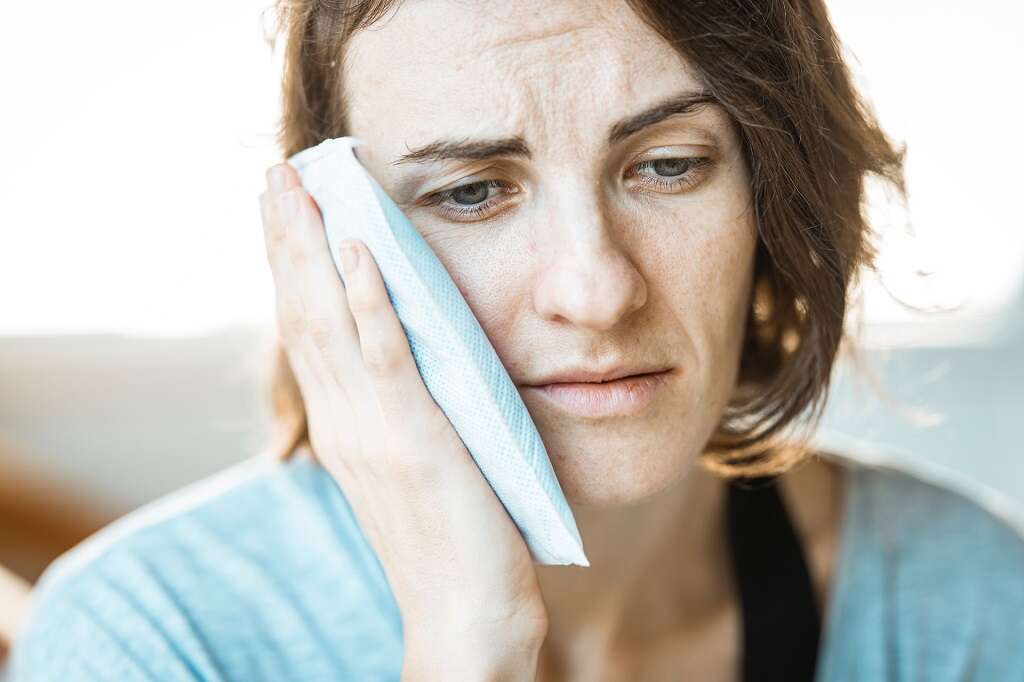
Sore Throat
Another flu-like symptom that can develop due to fever blisters is a sore throat. The dry, scratchy feeling that someone with a sore throat may experience is caused by infections or environmental factors, such as dry air or fine dust.
They can be caused by inflammation of the organs in the throat area, such as pharynx, larynx and tonsils. Pharyngitis affects the area right behind the mouth, and tonsillitis produces swelling and redness in the tonsils. Laryngitis is swelling and redness of the larynx.4‘Laryngitis.’ Mayo Clinic, Mayo Foundation for Medical Education and Research, 24 July 2020, www.mayoclinic.org/diseases-conditions/laryngitis/symptoms-causes/syc-20374262.
Bad Breath
Bad breath can sometimes be an unwelcome companion of fever blisters. Stuffing mints and chewing gums into the mouth may extinguish the fires of bad breath for a short while, but this approach won't be a long-term solution.
Treating the underlying cause, which can sometimes be fever blisters, is the best way to address bad breath. People with fever blisters should talk with their doctor about treatment options that may reduce the condition's symptoms.


